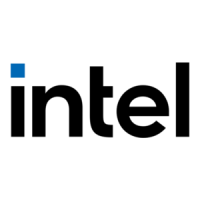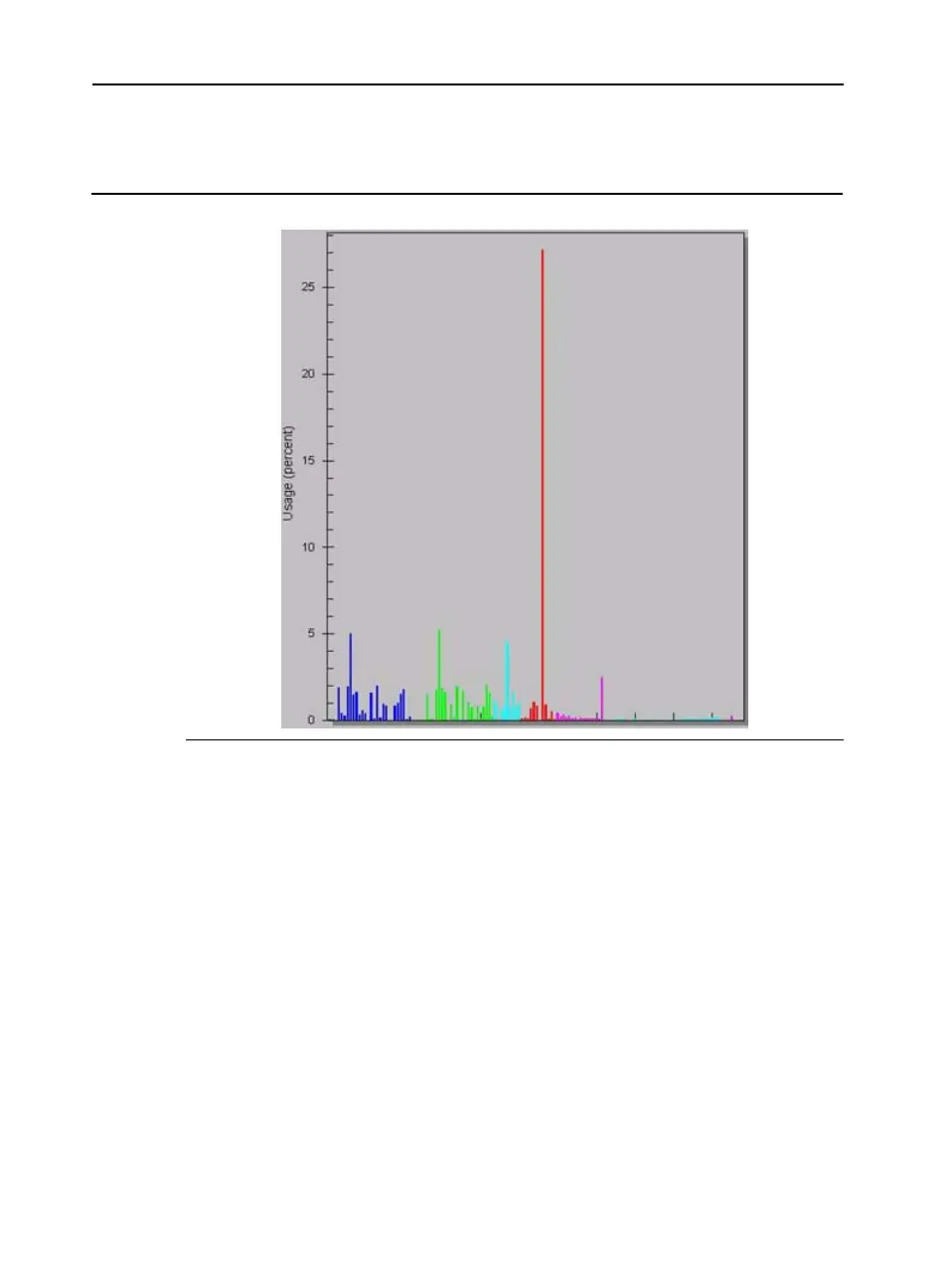IA-32 Intel® Architecture Optimization
A-10
Figure A-1 provides an example of a hotspots report by location.
Event-based Sampling
Event-based sampling (EBS) can be used to provide detailed
information on the behavior of the microprocessor as it executes
software. Some of the events that can be used to trigger sampling
include clockticks, cache misses, and branch mispredictions. The
VTune analyzer indicates where micro architectural events, specific to
the Pentium 4, Pentium M and Intel Xeon processors, occur the most
often. On Pentium M processors, the VTune analyzer can collect two
Figure A-1 Sampling Analysis of Hotspots by Location

